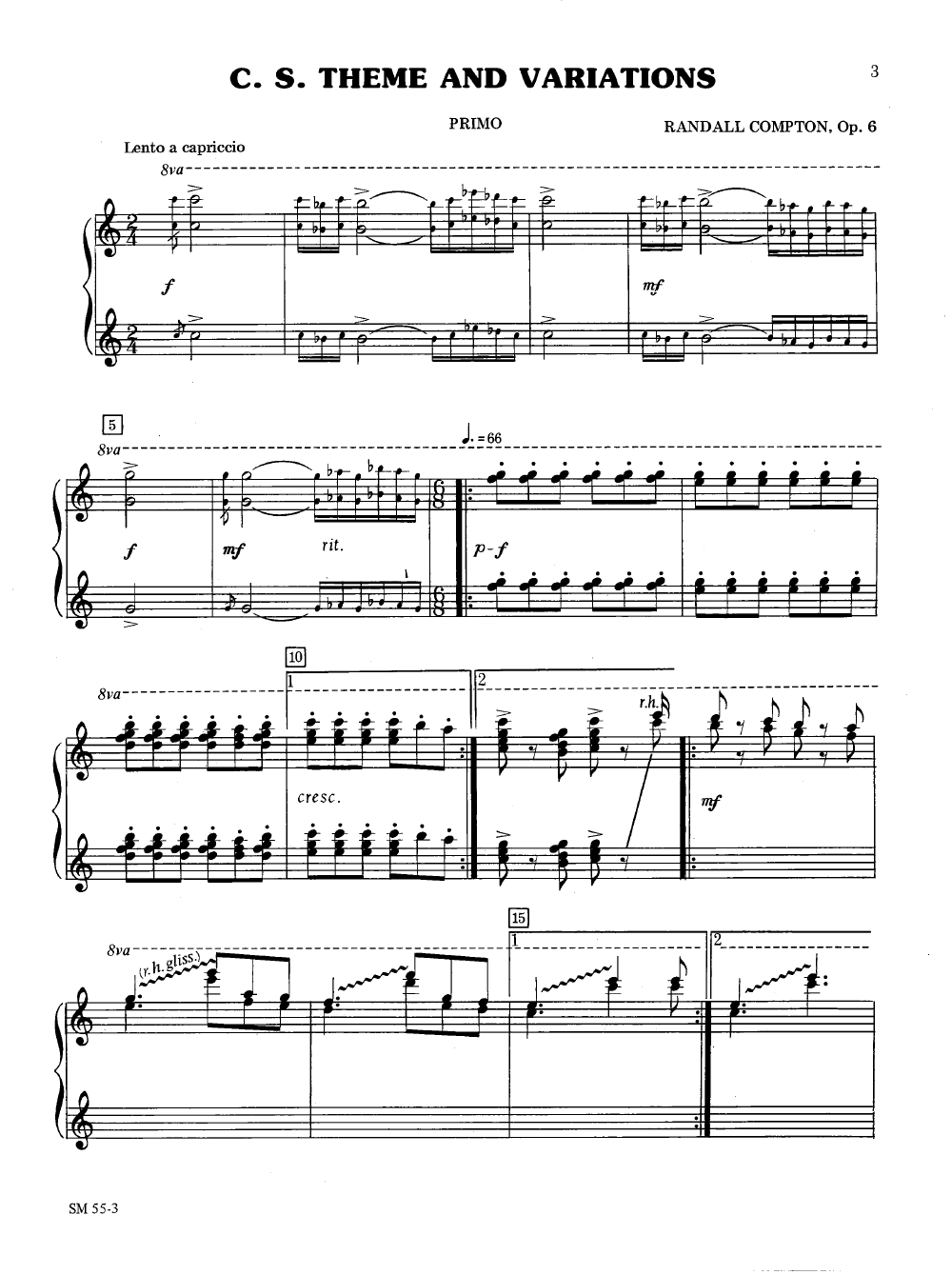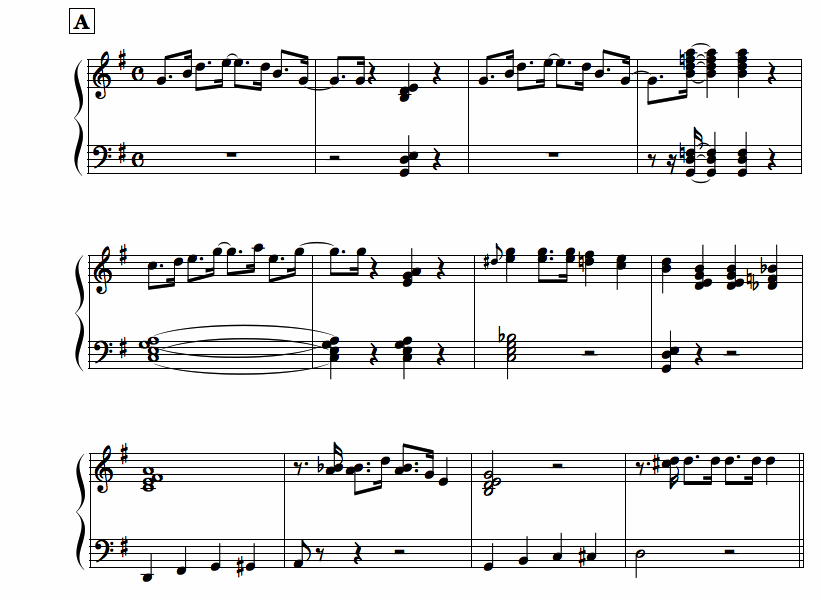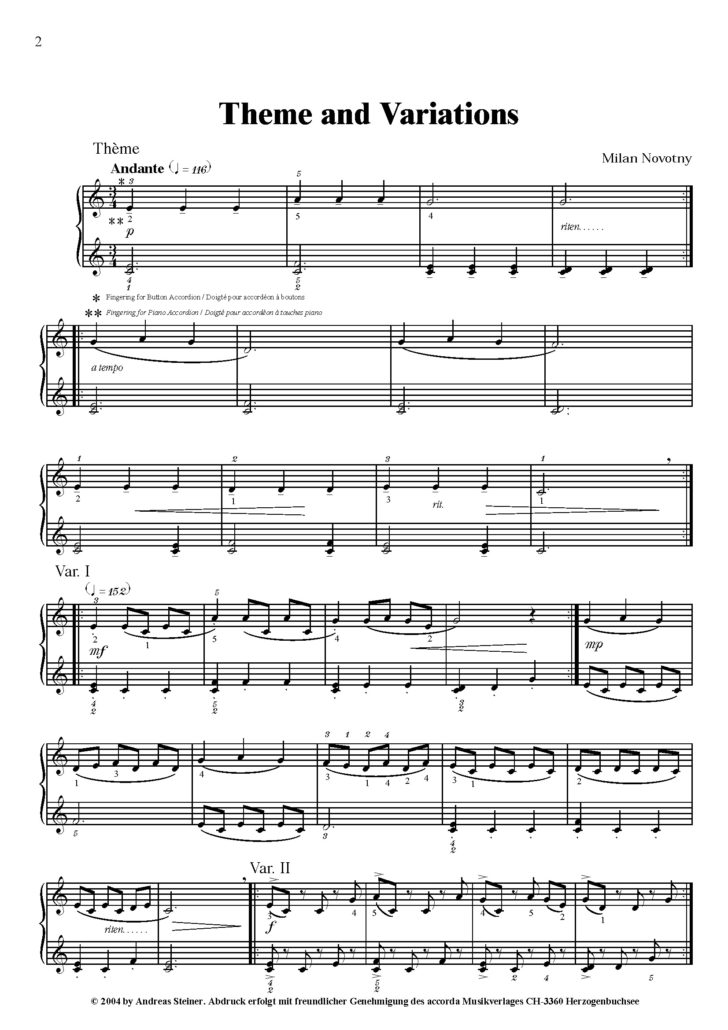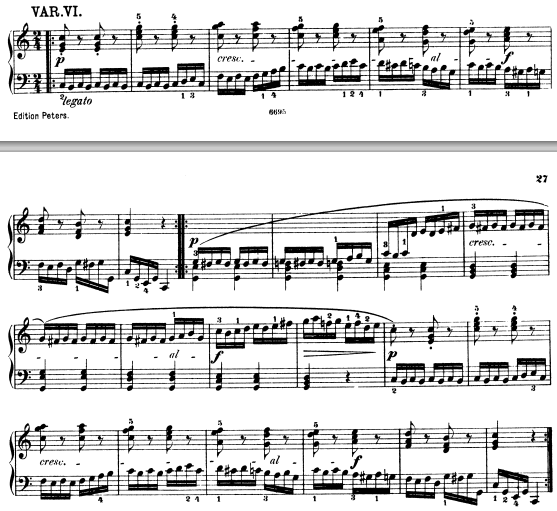Heartwarming Info About How To Write Theme And Variations

Please support me making these videos:
How to write theme and variations. [92nd birthday!] john williams: Some common ways to vary the theme would be: The changes may involve harmony, melody, counterpoint, rhythm, timbre, orchestration or.
How to write a theme and variations.in these tutorials i dem. / howtocompose in these tutorials i demonstrate how to write a violin and piano piece taking the viewer through variation. You can alter the theme of a piece in multiple different ways.
A melody is repeated, changed in some way, but still similar. Each composer approaches them in their own way. Please support me writing these videos:
In music, variation is a formal technique where material is repeated in an altered form. How to compose a theme & variations. Happy birthday variations (1995) orchestral score reduction.
One can add more notes,. Theme and variations is a perfect form to learn to compose with, it helps you to see harmonic patterns and various ways to develop a melody. Theme and variations is a musical form that involves taking a simple musical idea, or theme, and creating variations of it through various techniques.
How can a composer vary a theme? Variation is one of those genres that everybody feels a need to deal with. And you've done a good job.
How can i create a theme and variation piece of music in musescore. Its premise is simple: In this video, a reduced score follows the music with the ever.
Actually i think variations speak to the. One way is to change the rhythm of the music, or the tonality (harmony) of it by. Looking at two approaches for writing theme and variations with an example by n.
There are many musical elements that can be changed. Compose a single musical theme, and then write different variations that are based off that same theme. A common musical form that classical composers have loved for centuries is theme and variations;
Do you want to learn some useful compositional techniques that you can use in this and other pieces you compose? Variation 4 part 1:


















